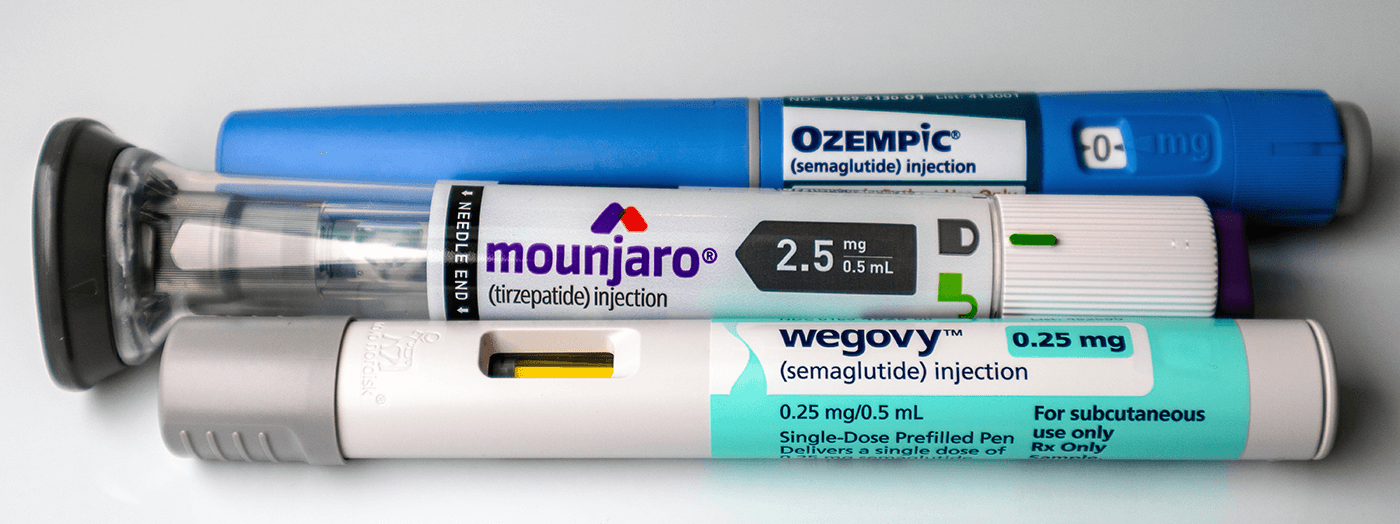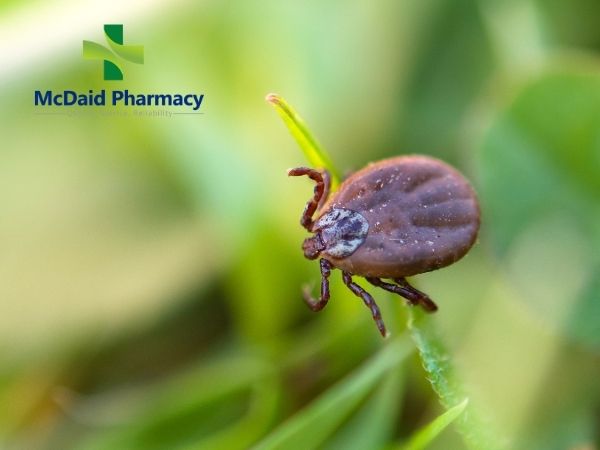What Is Lyme Disease?
Lyme disease is a bacterial infection that is spread to humans by infected ticks. Ticks are small, spider-shaped creatures that feed on the blood of mammals, including humans.
The Symptoms
The most common symptoms of Lyme disease are a flu-like illness that comes on within three to 30 days after a bite. The illness begins with a fever, chills, body aches, headache, fatigue and swollen lymph glands that can cause difficulty breathing and a thick red skin rash. Over time, the symptoms can last for months, and include achy joints, fatigue, heart palpitations, and facial nerve paralysis. The symptoms may occur only during the first few months of a bite or last for years after the tick bite. Treatment Once diagnosed, there is no cure for Lyme disease but treatments are available. In the first few weeks, antibiotics may be given to cure Lyme disease if it is identified early. If symptoms do not improve after three to four weeks, a more powerful antibiotic may be used.
The Types of Lyme Disease
Lyme disease can affect several parts of the body including the brain and spinal cord, joints, and skin. The areas most commonly affected include the: Nerve system Throat Arms and legs Other body areas How To Prevent and Treat Lyme Disease There are a number of ways to reduce your chances of contracting Lyme disease. The first way is to do a thorough tick check after being outdoors. Most people notice ticks on themselves after spending time outdoors. However, it is not uncommon for them to be found crawling on things such as dogs and cats, and furniture. If a tick is attached to you, you should remove it promptly. The best way to do this is with fine-tipped tweezers. The CDC recommends removing ticks by using a tick pulling tool or your fingernail.
Diagnosing and Treating Lyme Disease
Treatment options for Lyme disease vary depending on the severity of the infection and the person’s health condition. Doctors usually prescribe antibiotics to kill any bacteria that are in the blood. Patients should complete the course of antibiotics before going back to work and other daily activities. However, there are certain health conditions that require prolonged antibiotics. These conditions include prolonged fever, abdominal pain, heart problems, the presence of some form of infection, and an immune system that is severely suppressed. Doctors also prescribe antifungal drugs in some cases.
Preventing Lyme Disease
Lyme disease is not transmitted from one person to another, but it can be spread to others through the bites of infected ticks. There are multiple ways to reduce your risk of getting Lyme disease, the most important one being to avoid the infected animals. To avoid getting bitten by infected ticks, always use a DEET-based insect repellent when you’re hiking or camping in tick-infested areas. You should also check your clothing and gear after any activity that takes you into an infected area, as well as wearing long-sleeved clothing to prevent bites. Though you may need to visit the doctor after being bitten by an infected tick, the infection usually doesn’t start right away, according to the Centers for Disease Control and Prevention (CDC).




